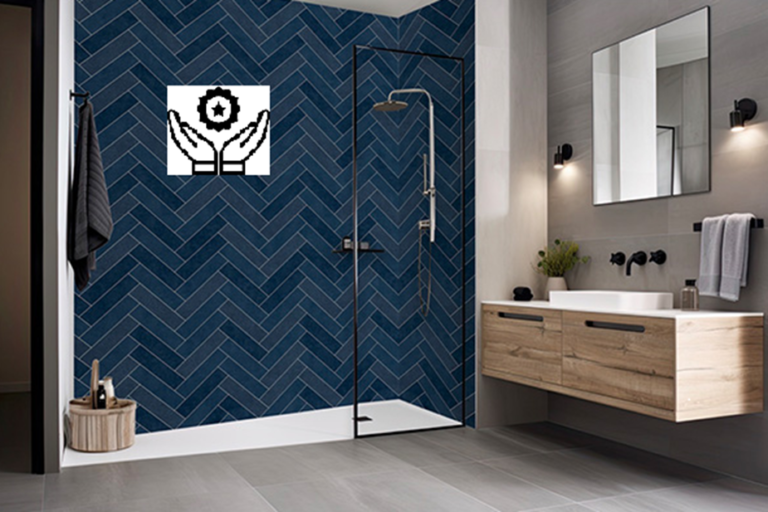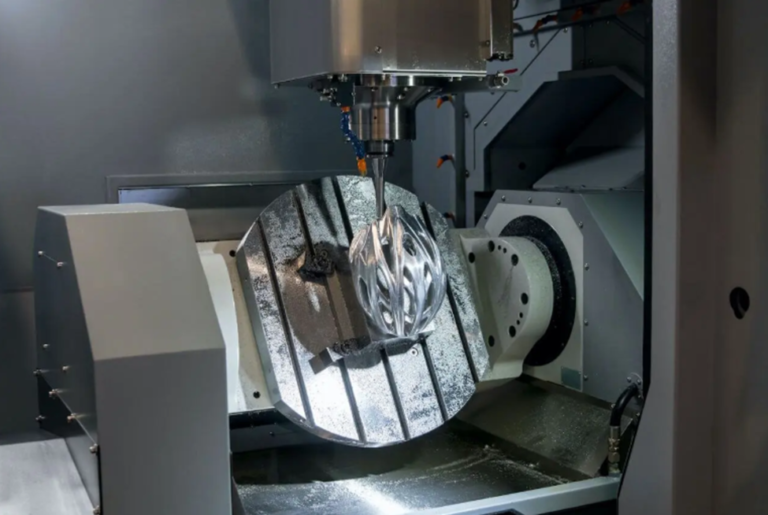How Spray Foam Improves Modern Building Quality and Efficiency
Spray foam is commonly employed in modern construction projects. It functions as both an insulating substance and an adhesive. This flexible material increases energy efficiency. It also improves indoor comfort levels. Its application in construction has significantly increased. Let’s look at why spray foam is so crucial in modern constructions.

Energy Efficiency
Spray foam offers great insulation. It covers gaps and cracks effectively. This provides an airtight seal. Air leakage is a leading cause of energy loss. It blocks the leak. As a result, less energy is required to heat and cool spaces. Homeowners save on energy expenditures. Energy-efficient buildings also emit less carbon dioxide. It helps to make structures more sustainable.
Versatility of Application
Spray foam has an extensive list of applications. It functions effectively in walls, roofs, and floors. It may also be applied to windows and doors. Its adaptability serves as a popular choice among builders. The foam expands when applied. It enables it to fit into small spaces. Spray-foam works in areas where traditional insulation might not fit. It is ideal for both new constructions and renovations.
Air Sealing Benefits
One of Its key benefits is air sealing. It provides a continuous barrier. This prevents drafts from entering the building. Without proper air sealing, cold air can enter during winter. Hot air can also enter during summer. It stops this air exchange. This leads to better indoor temperature control. Buildings with air-tight seals are more comfortable to live in.
Moisture Control
Spray foam also proves effective at controlling moisture. Moisture may reach buildings via cracks and spaces. Excess moisture might promote the creation of mold. Mold can pose major health risks. It prevents moisture from entering. This lowers the chance of mold. It also prevents wood rot in walls and roofs. Controlling moisture is crucial for long-lasting buildings. It plays a big role in this.
Structural Support
Closed-cell spray foam offers additional support for structure. It solidifies into a hard substance once applied. This reinforces the walls and roof. Buildings made of it are less vulnerable to damage. This is particularly important in locations with strong winds. Spray foam can increase a building’s general strength.
Noise Reduction
Spray foam also has soundproofing properties. It absorbs sound waves efficiently. This helps to reduce noise from outside. It also reduces noise between rooms. Noise reduction increases comfort in residential dwellings. It is also useful in commercial environments such as offices. Buildings made with it are quieter and more pleasant.
Longevity and Durability
Spray foam may endure for a long time. It does not degrade easily. Once utilized, it retains its insulating characteristics. This makes it a budget-friendly solution. Ancient insulation may require replaced regularly. Spray foam, on the other hand, has shown to be durable for decades. Its durability minimizes the need for repair or replacement.
Environmental Benefits
Spray foam can help preserve the environment. It saves energy by boosting energy efficiency. This reduces a building’s ecological impact. Many items made of it are also sustainable. Some include renewable or reused components in their making. Using spray foam can help to promote greener construction methods.
Ease of Installation
Spray foam installation takes only a few minutes. Professional contractors apply it with specific equipment. The foam grows and hardens rapidly. This accelerates the construction timeline. It takes less time than traditional insulating. Faster installation equals reduced labor costs. It also reduces disruption during building improvements.
Adaptability to Building Codes
Modern construction codes prioritize energy efficiency. It readily meets or surpasses these specifications. It enables builders to meet tougher insulation regulations. Buildings that use spray foam are more likely to pass energy audits. This makes it an excellent choice for environmentally concerned enterprises.
Cost Considerations
Spray foam might result in higher initial costs. However, it does provide long-term savings. Reduced energy bills assist to recoup the initial investment. Its longevity also lowers future maintenance expenses. When considering lifetime value, it is a wise economical decision.
Fire Resistance
Some types of spray foam offer fire-resistant properties. Fire-resistant foam can slow the spread of flames. This provides extra time for occupants to evacuate. It also helps protect the building’s structure. Safety is a top priority in modern construction. Using fire-resistant materials is essential.
Air Quality Improvements
Spray foam can help boost indoor ventilation. By sealing holes, allergens such as pollen and dust stay out. It also keeps contaminants from entering the building. This promotes an improved indoor atmosphere. People who have respiratory difficulties benefit from enhanced quality of air. It also improves the general comfort of buildings.
Pest Prevention
Pests can enter buildings via gaps. Rodents and pests can enter through tiny gaps. Spray foam blocks these entrance points. It works to keep pests away from buildings. This lowers the chance of pest-related harm. It also results in a cleaner living environment.
Spray Foam in Sustainable Design
Sustainability is becoming increasingly important in the building industry. It follows sustainable design principles. Its energy-saving features help to reduce resource use. Its lengthy lifespan reduces the need for replacement. Some of its products are even certified as environmentally friendly. This characteristic makes it a popular choice for green building plans.
Future of Spray Foam
This insulation appears to have a promising future. Ongoing study seeks to increase its performance. Innovations may result in even higher energy efficiency. There is also a trend for more environmentally friendly formulas. It is projected to remain an important ingredient in modern building.
Conclusion
Spray foam is an essential part of current building projects. Its potential to increase energy efficiency is remarkable. It provides air sealing, humidity management, and structural support. It also increases comfort by reducing noise and improving air quality. Although the higher initial expenses, it results in long-term savings. Its strength, adaptability, and sustainability make it irreplaceable. As the building sector changes, spray foam will remain an essential element.
FAQ’s
How does spray-foam improve energy efficiency in buildings?
Can spray-foam help with moisture control?
Is spray foam suitable for soundproofing?
Does spray foam offer structural support?
What are the environmental benefits of using spray foam?






